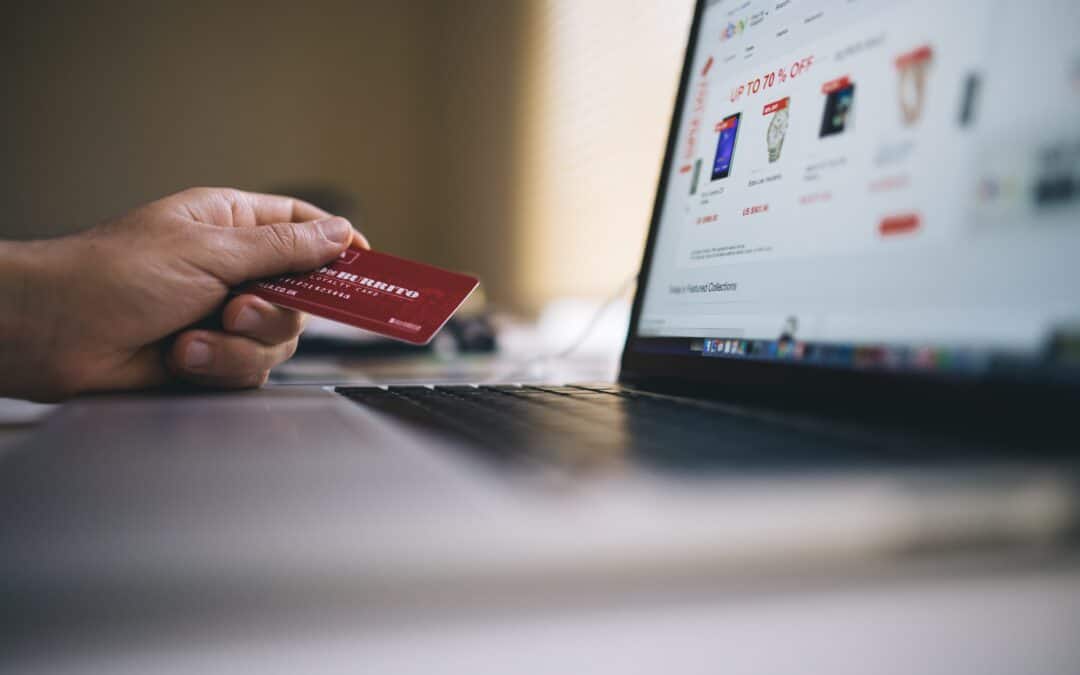Over time, many websites or softwares, such as LinkedIn, MySpace, and even Adobe have experienced large data breaches which have compromised many user’s accounts.
So…what does this mean for you?
If you have registered accounts online with these, or other providers, your data could be at risk! Any information you associated with your account could help a hacker get into your other accounts across the web, or worse–get a hold of your credit card info.
Think about what information you enter when registering for an account online. Username, Password, Email Address, Credit Card info, First Car, First Pet’s Name, the list goes on.
If any of this information is similar across your other accounts, especially your passwords, those other accounts could also be at risk!
Thankfully, there are also people out there that want to help you keep your information out of the wrong hands.
Troy Hunt, a Regional Director at Microsoft, created this online resource that will let you know if your data has been compromised, as well as detailing any specific security breach(es) your data is associated with. This can be done simply by entering your email address!
After running your email through the tool, you’ll be able to figure out whether your data has been present in any recent data breaches.
Cool! My data hasn’t been compromised!
If you’re good to go, congrats! This is ideal, but to ensure it stays this way, we recommend subscribing for notifications. By signing up for these emails, you will be notified whenever a breach happens that contains your information, giving you more time to change your passwords.
Uh oh, my data is out there.
Don’t panic! It isn’t the end of the world, by any means. The next best steps are to visit the listed sites where your information may have been taken, and change your account passwords. Unfortunately, if you happen to use the same password, or similar passwords across multiple accounts online, you should also change each one of those.
Here are a couple other quick tips to help keep your information secure.
Don’t use the same password for everything
It may be easier to remember, but it’s also much less secure. If someone gets ahold of one password, they could then have access to them all. If you have a hard time keeping track of your passwords, there are many password management apps that can take the stress out of that.
Always use 2-Factor Authentication
2-Factor Authentication has you link up an email account with whatever account you’re registering for. Every time you (or someone shady) logs in from a new device, it will send an email with a code for you to enter in order to log in. For example, this ensures that even if someone does get into your Facebook account, they can’t do anything unless they also get into your email. If the service supports 2-Factor Authentication, take advantage of it!

